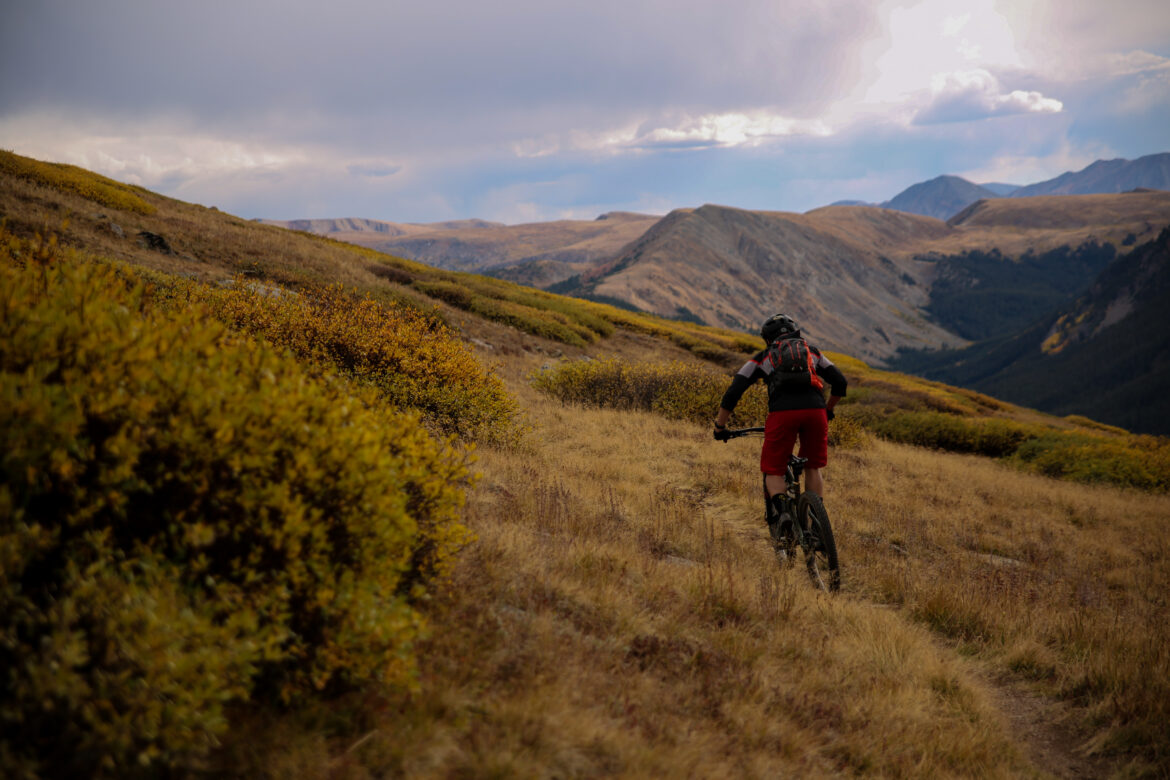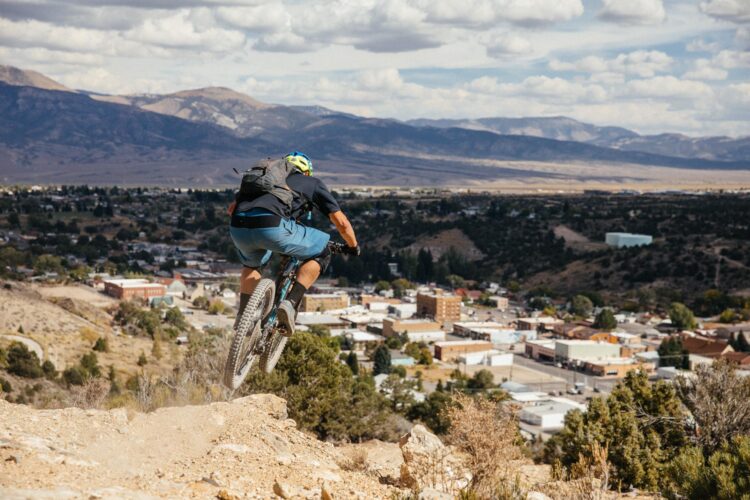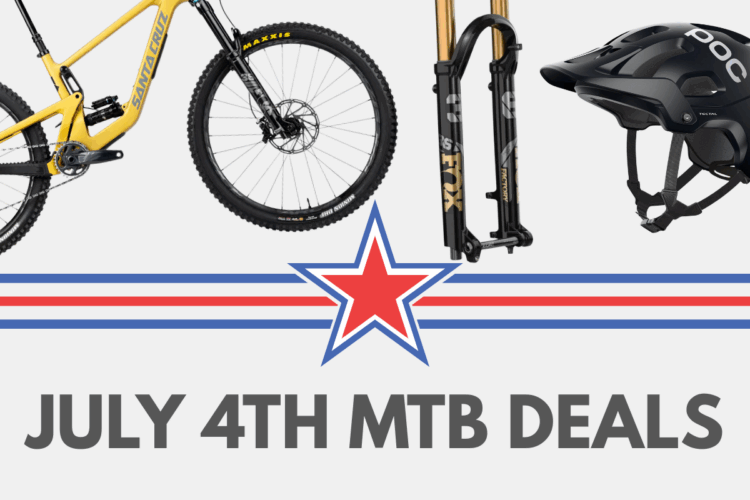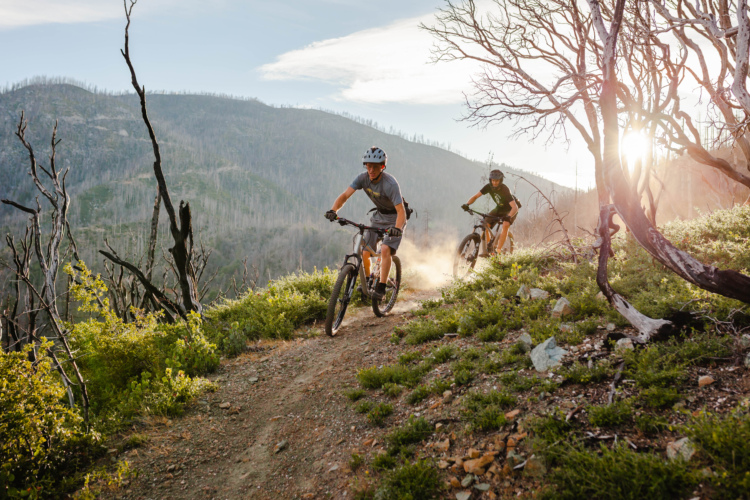
Most of the time if someone mentions big, high country mountain bike epics in Colorado, people think of a few select destinations: Salida, Aspen, Crested Butte, Telluride, Durango, Steamboat Springs… surprisingly, the list goes on. Residents of the Centennial State are pretty lucky to have so much incredible terrain within a four- to six-hour drive.
In the past few years though, life got busier while my love and desire for beautiful, remote, and punishing mountain bike rides grew. I, like many of my working, adult friends might have time to drive to one of these special places a handful of times per year, but never as much as I want.
Through friends that lived in nearby Summit County, exploring trail maps, local trail forums, and even studying a certain high elevation stage race’s course description page, I’ve found much of what I look for in Crested Butte or Steamboat, but within a much shorter drive.
I wrote this piece with some trepidation, assuming there would be some unhappy people who may claim that these trails are now ruined forever, but I’m not sure that’s the case. These rides have been around a long time and they are still some of the most lightly trafficked trails in the state.
There is a high barrier of entry to the alpine which naturally makes them exclusive. These rides require a high degree of fitness to climb above 12,000 feet, the right gear and planning to not get stuck under a thunderhead above treeline, and advanced riding skills to navigate skinny, steep, and rocky singletrack. I’ll leave the routes as loose as possible to put some of the planning responsibility on the motivated rider.
So, without further adieu, here ya go.
The Lenawee Trail

The Lenawee Trail is a high country classic and its rugged essence fits right in with the Legendary ski area it starts on top of. For a long time, it was the only bike trail at Arapahoe Basin, though now there are plans to seriously bolster alpine mountain biking options. Still, I’ll be hard pressed to forego Lenawee for the new singletrack.
The Lenawee Trail is just over three miles long and drops 2,200 vertical feet over three sections: a rocky, technical, and exposed drop-in with some big consequences for riding off trail. Next, you’re still above tree line for a bit, but it smooths out to carry speed through highly Instagrammable alpine singletrack, and then down to techy, chunky trail riding under pine tree canopy down to the electric blue waters of Peru Creek.
The total amount of descending pales in comparison to the amount of climbing you’ll do. The Lenawee Trail can be partially shuttled, but even so you’ll log somewhere around 1,500 vertical feet of climbing from the base of Arapahoe Basin, which starts at 11,000 feet. Without a shuttle, it’s more like 3,200 vertical feet and a 17-18 mile loop.

Like most of these trails mentioned, the window of time to ride Lenawee is short. Lenawee often doesn’t dry out until late June and it can start snowing again in early October, not to mention that Arapahoe Basin starts snowmaking operations as early late September. Conditions can be fickle too with afternoon thunderstorms or sprinkles of snow, but you may be lucky to catch it on a beautiful bluebird day.
- Max elevation: ~12,500ft
- Best for: Advanced riders who want a technical thrill on remote singletrack
Wheeler Trail
The Wheeler trail has been a part of the Breck Epic‘s six stage sufferfest for a long time, and it’s easy to see why. Running near the top of Peaks 8-10 in the Ten Mile Range, the Wheeler trail gives you amazing views of some of the most jagged peaks and vast views this close to Denver.
In total length, Wheeler runs five miles and has somewhere between 1,500 – 1,600ft of elevation gain starting at ~11,000ft and topping out at about 12,500ft. There are a number of ways to ride the Wheeler trail, whether it’s through Breckenridge Mountain Resort, and over to one of the ripping descents on either side of Wheeler’s start, or from I-70, up onto Miner’s Creek and onto Wheeler. Again, in the spirit of adventure (and not giving away all the answers), I won’t provide a dedicated route as there are several great options to tackle the trail.
In either case, expect a lot of time in the saddle. This beautiful ribbon of singletrack, dashing through brushes of Elephant Heads and Indian Paintbrush can be partially shuttled to, but you’ll have more time to soak in the views if you commiserate up the climb with friends.
Wheeler itself is as technical as other high alpine rides in the area. The trail is quite narrow and fast/steep in some parts with some occasional derailleur-eating lines.
- Max elevation: ~12,500ft
- Best for: Fit riders who want to multiple route options on a ride through amazing views
Searle Pass

If someone had the aptitude for it, one could link Searle Pass with the Wheeler trail above for a major high country epic as the two nearly connect, but Searle Pass on its own is a great ride. Searle starts near Copper Mountain Ski Resort ascending above the base and into the Colorado backcountry.
There are some stiff climbs on Searle, but considering it’s a part of the Colorado Trail and a high alpine ride, it’s one of the more approachable options for riders who want a sweet high country experience. The terrain and vegetation changes the higher you get. You’ll start with loamy forest floor under tree coverage then broach tree line after a few miles of climbing.

Most people ride Searle Pass as an out and back from one end to the summit since it’s just a segment of the Colorado Trail. There’s no shuttling here, unless you get dropped off at one point and plan to ride the entire length of the trail. Plan on a good Colorado-style mountain bike ride where you’re chipping away at the climb for a while and then descending for a fraction of that time.
Either way, it’s a pretty special summit with big views on both sides of the pass. It gets rockier, and more hike-a-bikey when you near the top. I recommend packing some gummy bears or a slice of last night’s pizza for an extra bit of motivation when you’re almost there. Keep an eye out for hikers, backpackers, and bikepackers making the push through Searle Pass.
- Max elevation: ~12,300ft
- Best for: Intermediate/advanced riders who want to zip through flowers, big views, and open meadows.
Things to remember in the alpine

- Stay on the trail. These trails traverse through sensitive environments and riding off trail over tundra plants can devastate them. Recovery of tundra species can take CENTURIES. Be extra mindful of etiquette up here and find safe places to allow people to pass when necessary.
- Take a wag bag. Leaving human or dog waste in the alpine can jeopardize water sources, vegetation, and access. Pack it out.
- Give wildlife space. You probably won’t catch a marmot or pika, but it’s common to see mountain goats in the alpine. Don’t be the ignorant tourist chasing goats across the tundra for a crappy cell phone photo.
- Expect the unexpected. The last thing you want to be is stuck at 12,000ft without enough water, food, the proper tools, or rain layers.
There are handfuls of other great backcountry rides close to Denver. We intentionally kept the list short to highlight a few select rides. What’s your favorite alpine, backcountry ride close to Denver?























1 Comments
Sep 19, 2022